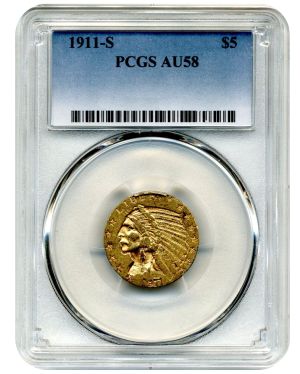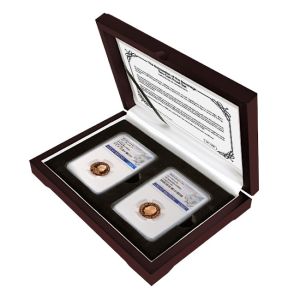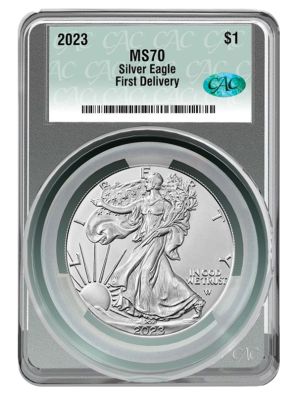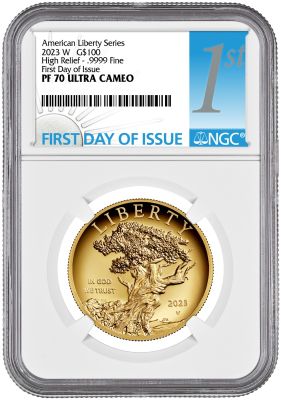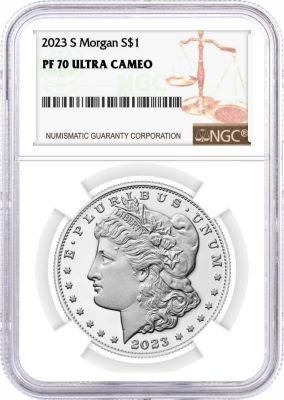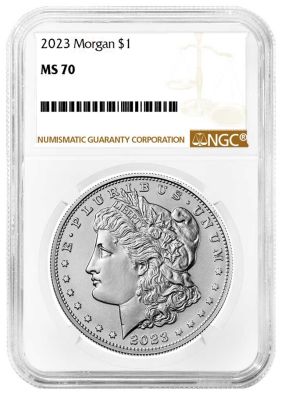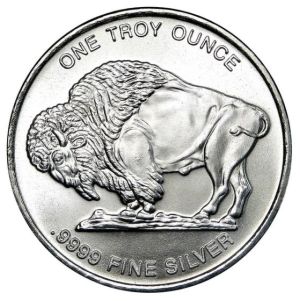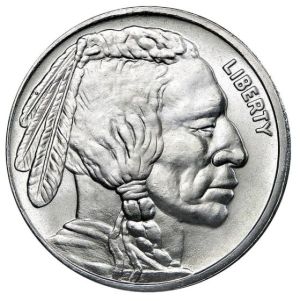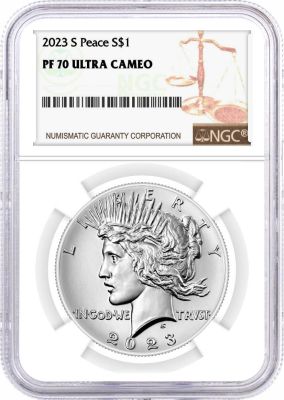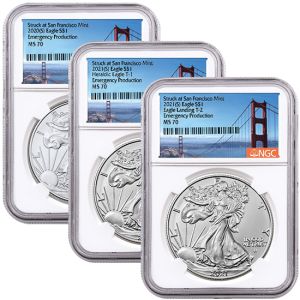Troy Ounces vs. Avoirdupois Ounces

The differences between the weighing system of Troy and Avoirdupois are slight, but extremely important for anybody who deals with precious metals. In this blog post we’ll outline how each weighing system differs and how best to understand them.
The Background: Troy & Avoirdupois Ounces
If you are dealing with precious metals it’s key to understanding value and ensuring you are not taken in by less than honest sellers and dealers.
Understanding the Troy Measurement System
The Troy measurement system is used to weigh gold, silver and other precious metals. It’s also used to weigh gunpowder. A troy ounce weighs approximately 31.1035 grams. The system originates from Troyes, France and not Troy, Greece which it is commonly mistaken for. Although, if you trace the system back further it has some origins in Ancient Rome, although at this point the history becomes less than clear and difficult to ascertain. 
Understanding the Avoirdupois Measurement System
The avoirdupois measurement system is most commonly used in the United States to measure coarse dry weights such as grain, flour and sugar. The rest of the world uses the metric system, officially at least. A avoirdupois ounce weighs approximately 28.3495 grams. The word Avoirdupois originates from the French phrase “aveir de pois” or “aver de peis” which translates to “goods of weight”.
What’s the Difference Between Troy and Avoirdupois?
 Put simply as possible, a troy ounce is heavier than an avoirdupois ounce. This is important to understand because improper listing of precious metals for sale and trade can lead to money lost if the wrong measurement system is used. Although the small difference seems negligible, when trading vast quantities it soon adds up. This is the main reason it pays to be in the know about the differences between the troy and avoirdupois system.
Put simply as possible, a troy ounce is heavier than an avoirdupois ounce. This is important to understand because improper listing of precious metals for sale and trade can lead to money lost if the wrong measurement system is used. Although the small difference seems negligible, when trading vast quantities it soon adds up. This is the main reason it pays to be in the know about the differences between the troy and avoirdupois system.
The Troy System and Dates of Adoption
Before the British officially adopted the metric system, it was french born King Henry the II who made changes to the British troy system. He wanted it to be more in line with the French system as he believed it to be superior. The system has been altered over time, and it became the official standard of gold and silver for Britain by 1527. It was many years later in 1828 that the United States formally adopted the troy system.
Using Troy Ounces Online
Reputable online precious metals dealers will always use troy ounces when weighing their product, so you should beware of any who don’t. That being said, if you see a piece listed incorrectly using avoirdupois ounces, there is a simple method to find and convert to the true troy weight. Simply multiply the listed weight by 0.91. That will convert it into troy ounces.
Why Use Troy and Not Avoirdupois?
One reason the troy system was retained was to ensure purity standards for precious metals remained consistent over time. Furthermore, the U.S. is the only country still using the avoirdupois system officially. Although it is still used by some people unofficially in the UK and Canada. The rest of the world broadly recognizes the metric system. A final word: For those who wish to practice at home with a collection of silver coins, or other precious metals, you can start by placing them on a standard U.S. kitchen scale. You’ll find that they end up weighing less than the advertised amount due to the differences in weight systems discussed in this article. Remember to retain the information you have learned here going forward, especially if you plan to purchase bulk amounts of precious metals online or otherwise.
About the Author
Call now 800-781-2090
Tags



